D(+)-Galactosamine hydrochloride CAS 1772-03-8
Chemical Name: D(+)-Galactosamine hydrochloride
CAS No.: 1772-03-8
Appearance:?White Powder
Assay???? 99%
发送询盘
Description
D(+)-Galactosamine hydrochloride Quick Details
Chemical Name: D(+)-Galactosamine hydrochloride
CAS No.: 1772-03-8
Molecular Fomula:?C6H14ClNO5
Chemical Structure:
Molecular weight:?215.63
Appearance:?White Powder
Assay???? 99%
D(+)-Galactosamine hydrochloride Typical?Properties
ITEMS
SPECIFICATION
Assay
?? 99%
mp
172~180 ??C
D(+)-Galactosamine hydrochloride Application:
For biochemical research. Substrate for determination of arylamine N-methyltransferase and monoamine oxidase activity in tissue homogenates
D(+)-Galactosamine hydrochloride Packaging and Shipping?
customized according to customer needs.
D(+)-Galactosamine hydrochloridel?Storage
During storage, leakage must be strictly prohibited and the product should be stored in a cool, dry, well-ventilated warehouse made of non-combustible materials.
| 5 |
|
0 |
| 4 |
|
0 |
| 3 |
|
0 |
| 2 |
|
0 |
| 1 |
|
0 |
- 2
- 2-diallylpent-4-en-1-amine
- 4
- 95-16-9
- Ammonium sulfamate
- Benzothiazole
- cas:67889-00-3ح2
- cas:83524-75-8 | pigment black 32
- cas:928836-00-4 | 2
- cas:932745-70-5 | 4
- Chemical Minerals
- Coconut diethanolamide
- Daily Chemicals
- discount
- for sale
- General pvc resin
- hexyl D-glucoside
- in stock
- Lauramidopropyl betaine
- LAURIC ACID MONOETHANOLAMIDE
- Petroleum Additives
- Plasticiser
- Ploymers
- price
- PVC
- quotation
- Raw Materal
- Remove term: Petroleum Additives Petroleum Additive
- SODIUM ETHYL 2-SULFOLAURATE
Related Products
Chemical Name: UV-120
Other Name: (2’,4’-Di-tert-butylphenyl 3,5-di-tert-butyl-4-hydroxybenzoate)
CAS No.: 4221-80-1
Molecular Fomula: C29H42O3
Molecular weight: 438.66
Assay: ≥99%(LC)
AMBERLITE XAD-16 is a nonionic, hydrophobic, cross-linked polymeric adsorbent supplied as insoluble white beads. It is characterized by its macroreticular structure, which provides both a continuous polymer phase and a continuous pore phase, offering high surface area and porosity . This adsorbent is specifically designed to capture hydrophobic molecules from polar solvents and volatile organic compounds from vapor streams . It is ideal for use in column or batch operations and is effective for the adsorption of organic substances with relatively low to medium molecular weight . The product is widely utilized in applications such as the purification of antibiotics, recovery of water-soluble steroids, amino acids, and proteins, as well as the removal of nonpolar compounds from polar solvents .
Chloramine-T is an N-terminally chlorinated and N-terminally deprotonated sulfonamide used as an insecticide and mild disinfectant.
Prismatic crystal, soluble in water, almost insoluble in benzene, chloroform and ether. Decay in ethanol. There is no certain melting point, as well as it is violently decayed (exploded) at 175-180 ??. With minor chlorine scent, it progressively sheds water in dry air, and slowly decomposes in exposed air to launch chlorine.
Chloramine-T can be prepared in a return of 75?C 95% by presenting chlorine into the salt hydroxide option of p-toluenesulfonamide. It is a solid electrolyte in acid remedy and a great oxidant in alkali option. Conveniently soluble in water, nearly insoluble in benzene, chloroform and ether. The substance can conveniently react with mustard gas to generate safe crystalline thioimides; Chloramine-T derivatives are being studied as poison gas guards.
Chemical Name: Antioxidants?1019
CAS No.: 69851-61-2
Molecular Fomula: C37H58N2O4
Molecular weight:?594.87
Appearance:?White to off-white powder
HEPES buffer(4 ?C (2-hydroxyethyl) ?C 1-piperazine ethanesulfonic acid) is a zwitterionic sulfonic acid buffer; One of good??s 20 buffers. Hepes buffer is widely used in cell culture, mainly because it can maintain physiological pH value better than bicarbonate buffer, which is also commonly used in cell culture, although the concentration of carbon dioxide (produced by aerobic respiration) changes. Lepe Zuniga et al. An unwanted photochemical process in which hepes buffer produces hydrogen peroxide when exposed to ambient light is reported, which is not a problem in bicarbonate based cell culture buffer. Therefore, it is strongly recommended to place the solution containing hepes buffer in the dark as far as possible to prevent oxidation.
Common English name: 5-iodo-2,3-dihydropyridazin-3-one
CAS No.: 825633-94-1
Molecular formula: C4H3IN2O
Molecular weight: 221.98
Sample: Available
AMBERLITE XAD-16 is a nonionic, hydrophobic, cross-linked polymeric adsorbent supplied as insoluble white beads. It is characterized by its macroreticular structure, which provides both a continuous polymer phase and a continuous pore phase, offering high surface area and porosity . This adsorbent is specifically designed to capture hydrophobic molecules from polar solvents and volatile organic compounds from vapor streams . It is ideal for use in column or batch operations and is effective for the adsorption of organic substances with relatively low to medium molecular weight . The product is widely utilized in applications such as the purification of antibiotics, recovery of water-soluble steroids, amino acids, and proteins, as well as the removal of nonpolar compounds from polar solvents .
Product name:HYDROXYPROPYL GUAR HYDROXYPROPYLTRIMONIUM CHLORIDE
Purity:99%
Appearance:Light Yellow Powder
Package:Customized according to customer needs.
Sample:Available
Chemical Name: 2-(5-BROMO-2-PYRIDYLAZO)-5-(DIETHYLAMINO)PHENOL
CAS No.: 14337-53-2
Molecular Fomula: C15H17BrN4O
Molecular weight: 349.2
Chemical Name: Choline salicylate
CAS No.: 2016-36-6
Molecular Formula: C12H19NO4
Molecular Weight: 241.28
Appearance: Red-Brown Crystal
Chemical Name: Ammonium Iron(II) Sulfate
Synonyms: Diammonium iron bis(sulphate); iron (ii) ammonium sulfate
CAS No.: 10045-89-3
Molecular Formula: FeH5NO4S
Molecular Weight: 170.95
Chemical Name:?o-Cresolphthalein Complexone
Other Name: o-Cresolphthalexon; Phthalein Complexon; phthalein purple; cresol phthalexone
CAS No.: 2411-89-4
Molecular Fomula: C32H32N2O12
Molecular weight: 636.61
Appearance: Powder

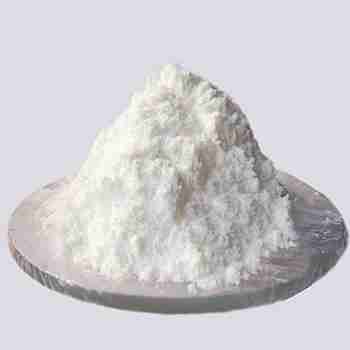
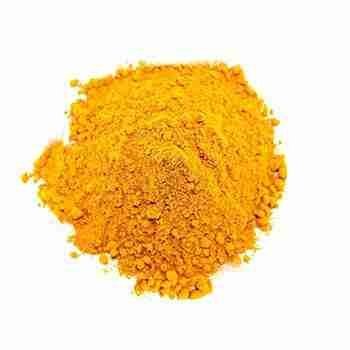
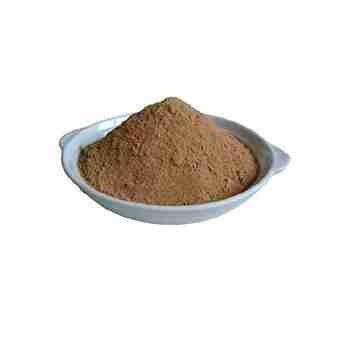



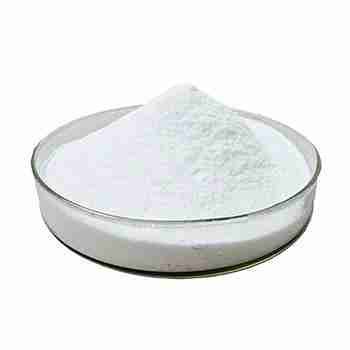
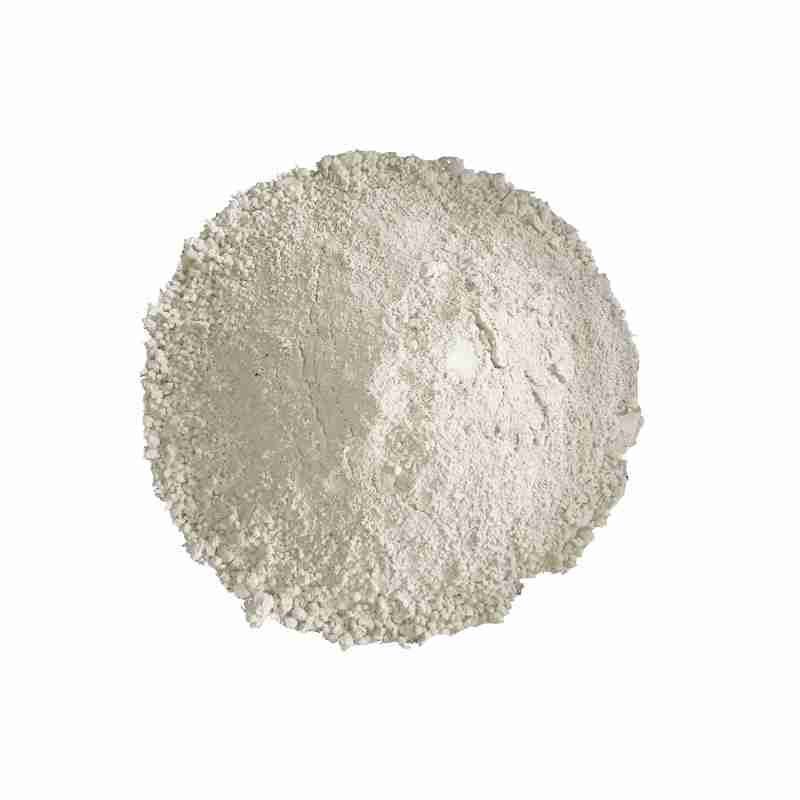


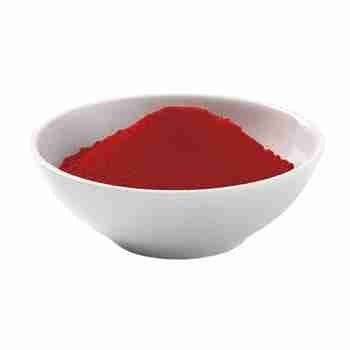


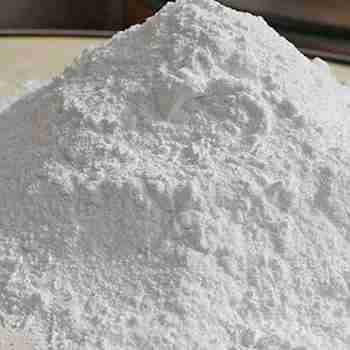



Reviews
There are no reviews yet.